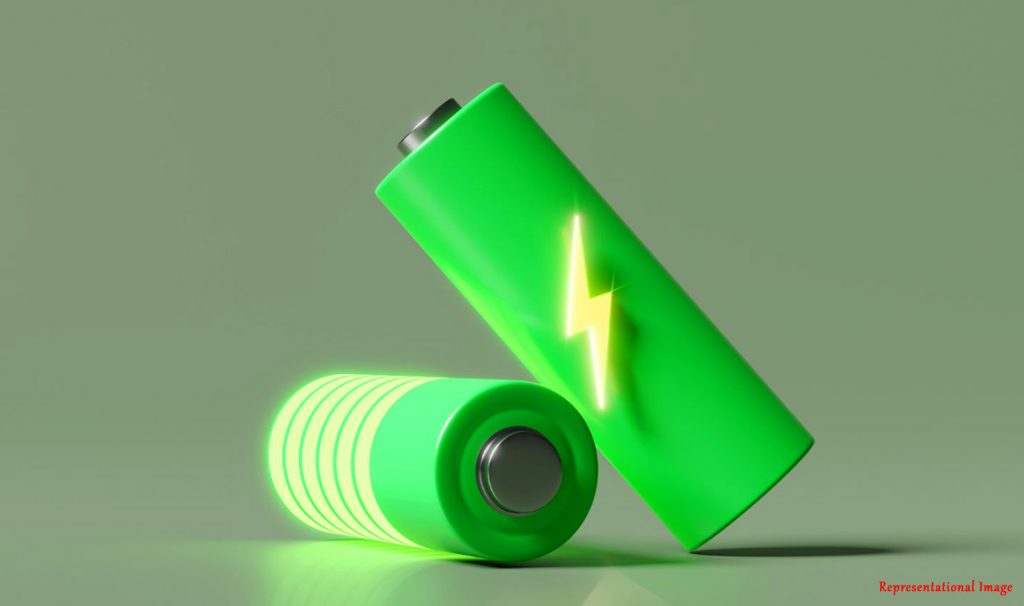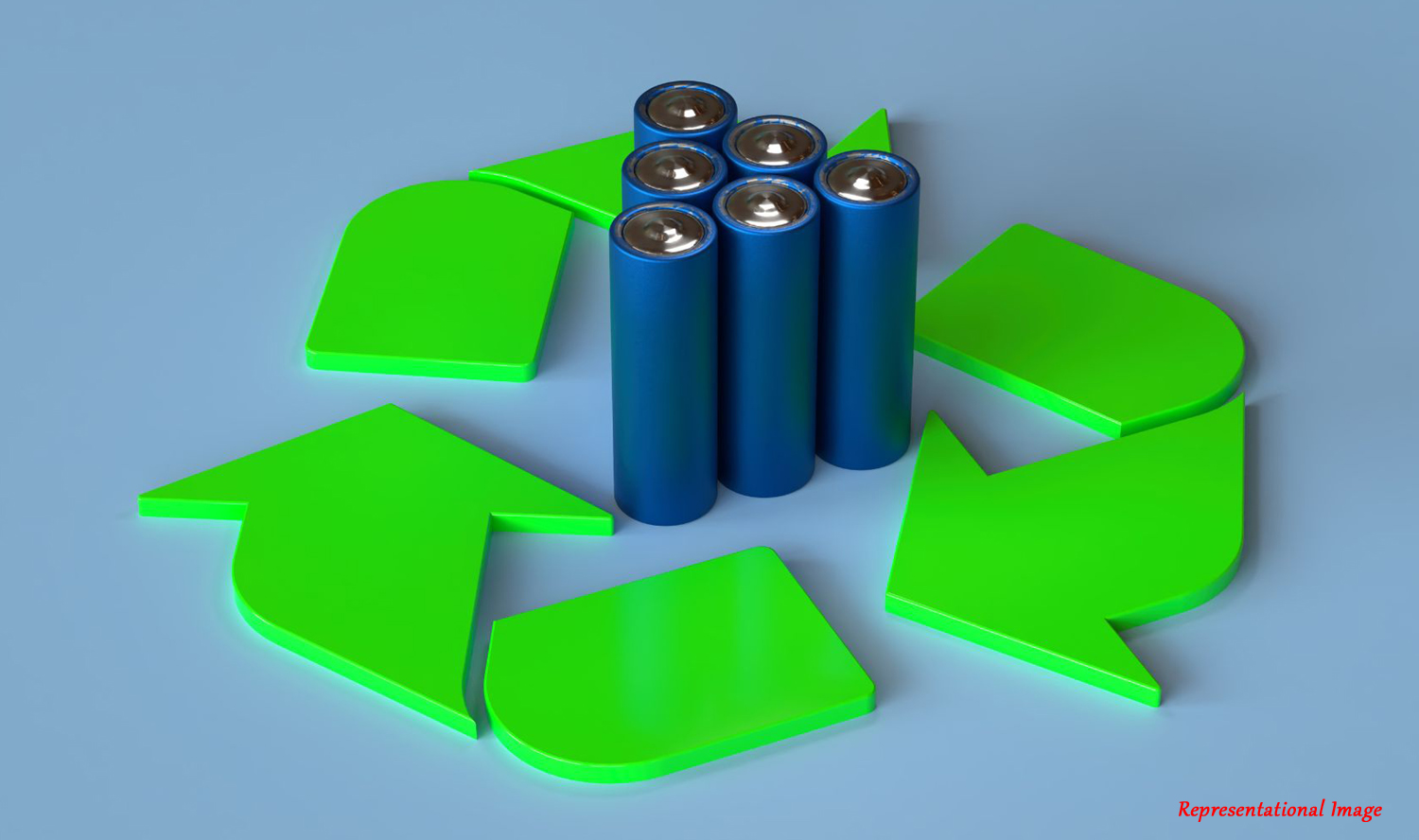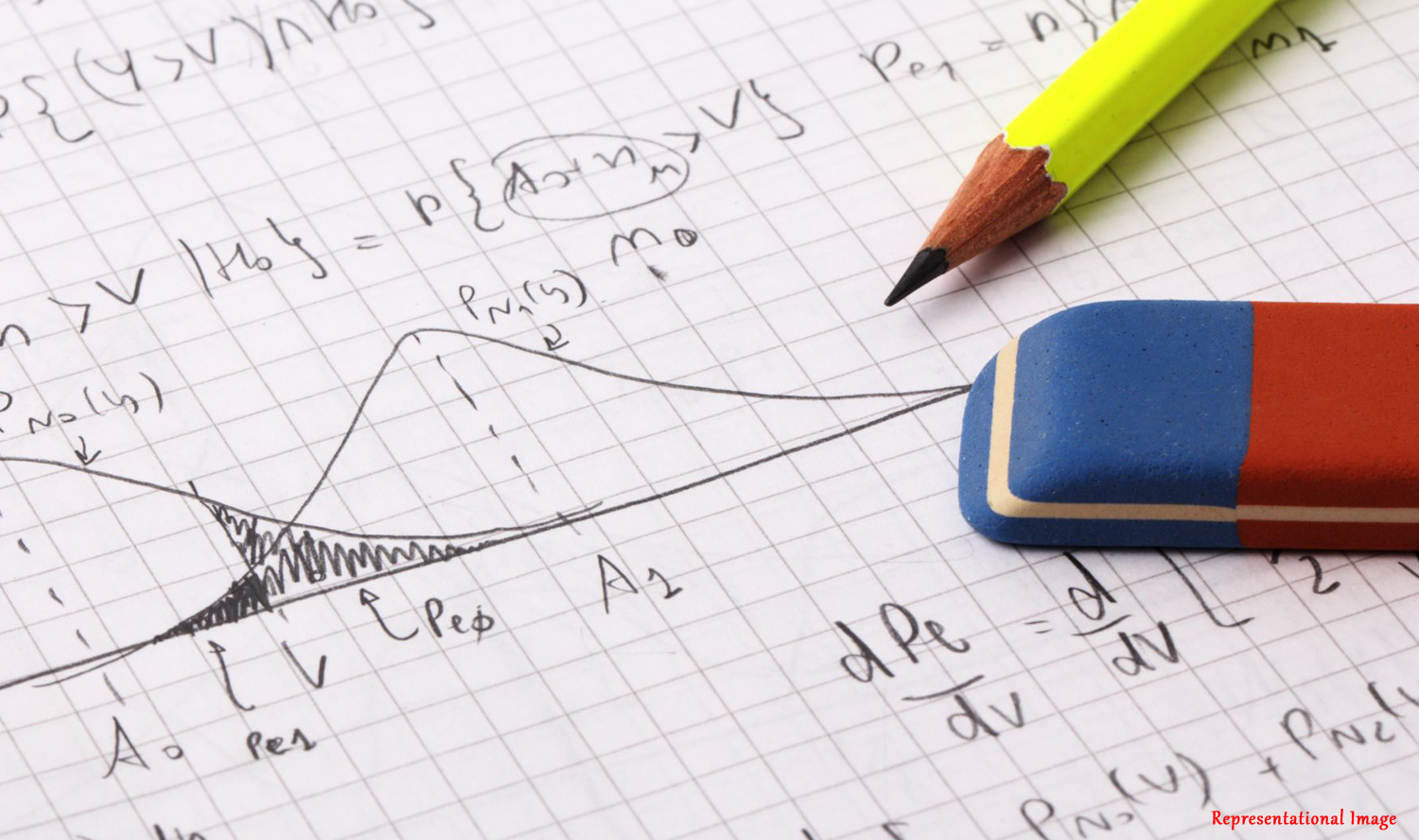
With increased advancements in science and technology, the desires of people increase as well. This takes its toll on fossil fuels, and its consumption is growing at an alarming rate!
Thus there is a need to look for green technologies to replace fossil fuels. But these green technologies, which include photovoltaics and wind, cannot be directly integrated into the energy grid due to their fluctuating and intermittent energy output.
Organic Redox flow batteries are a possible alternative for electrochemical energy storage systems as they seamlessly integrate the grid into renewable energy technologies and the materials are ubiquitous. However, the commercialization of redox flow batteries has been a problem because of the continuous degradation of organic redox active molecules in harsh operating conditions. They also require expensive synthesis.
Redox-active molecules can work as a good energy storage system provided they exhibit high solubility and stability/robustness during charge-discharge.
It is, therefore important to understand how organic molecules degrade during the energy storage process in order to engineer structurally stable ones.

In this study conducted by Ms. Abhilipsa Sahoo and Prof. Kothandaraman Ramanujam from the Clean Energy Lab, Department of Chemistry, Indian Institute of Technology Madras, Chennai, India (Prof. Kothandaraman Ramanujam is also affiliated with the Advanced Centre for Energy Storage and Conversion-The Energy Consortium, Indian Institute of Technology Madras, Chennai, India), the organic molecule 2, 6-dihydroxy anthraquinone (2, 6-DHAQ) has been studied. Although this molecule is not new to redox flow batteries, the literature does not offer satisfactory reasoning for the capacity loss of such a system. His group has unraveled it, identifying the formation of dimer out of radicals produced with one electron reduction of 2,6-DHAQ.
The authors had used 2, 6-DHAQ as an anolyte coupled with ferrocyanide catholyte in a basic medium to achieve a flow battery.
It was observed that dimer formation is detrimental because its oxidation potential is close to that of the catholyte, leading to zero cell voltage or quick cell polarization. Therefore by excursing the cell to a high cut-off voltage of 2.4 V, during charging, the oxygen-oxygen linkage was probably reduced to form anthrahydroquinone in contrast to the carbon-carbon linkage oxidation claimed in the literature. This high voltage reduction allowed the cell to deliver its full capacity without slipping into any capacity imbalance.
Prof. Jose Rajan from the Faculty of Industrial Sciences & Technology, University Malaysia Pahang, Malaysia, acknowledged the importance of the work done by the authors by giving the following comments: “Technology emerges when the science is matured; and it further evolves when more secrets are unraveled”. A recent study by Professor Kothandaraman Ramanujam and his student (Abhilipsa Sahoo) at the Department of Chemistry, Indian Institute of Technology Madras, testifies it in the case of advancing the performance of a redox flow-battery system. By closely examining the capacity degradation mechanism in a quinone-based system, they have clarified a chemical process which was not clearly understood by the energy technology community. In this particular case, Kothandaraman and Abhilipsa found that the studied quinone-based flow battery system loose most of its capacity because the anion radicals (DHAQ3-) slowly turn into dimers if the battery is charged partly during standby mode from a series of electron paramagnetic resonance and mass spectrometry experiments. By determining a suitable anolyte concentration, they have avoided the less-lived species and made the cell to offer the best capacity so far. The work opens up scopes for new investigations on this particular materials system using ultrafast spectro-electroscopic techniques; and hinting further performance enhancements.”
Prof. Venkataraman Thangadurai, University of Calgary Research Excellence Chair, from the Department of Chemistry, University of Calgary, Alberta, Canada, confirmed the importance of this work with the following comments: “Some of the key issues in organic redox flow batteries include cell degradation with cycling due to undesired chemical reactions and poor specific volumetric capacity. Dr. Kothandaraman and Abhilipsa have foreseen and confirmed the degradation process with a nice set of chemical and electrochemical tools, making the organic redox flow battery a potential candidate for commercial space. Their recent article titled, “Use of voltage for recomposing degraded redox active molecules for flow battery applications“, published in the RSC J. Materials Chemistry A 2023, 11, 13623–13632 articulates the way to improve cycle life, and specific capacity. The results reported in this work demonstrate deep fundamental scientific understanding of electrode materials and their charge storage mechanism.”
Article by Akshay Anantharaman
Click here for the original link to the paper










